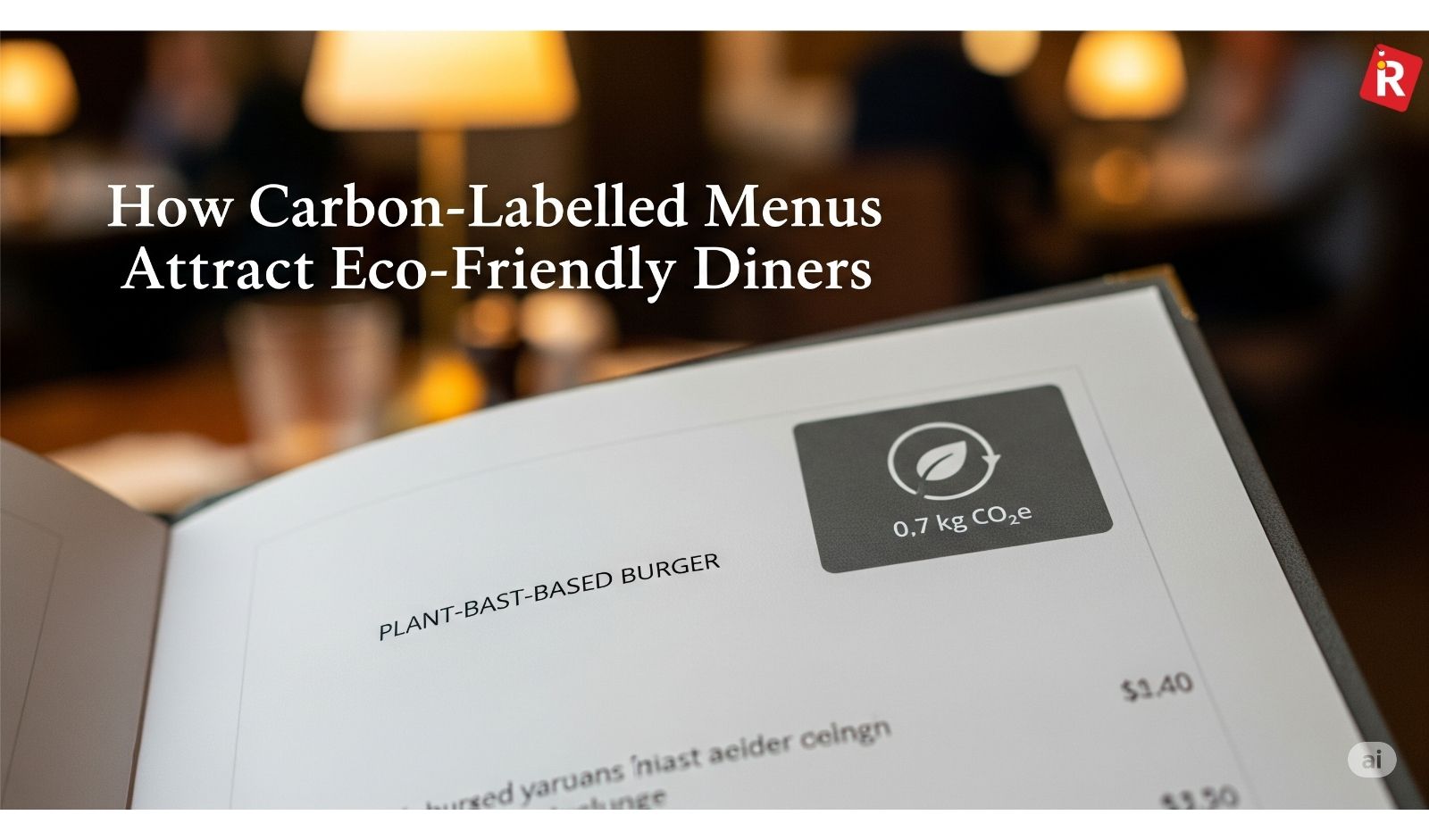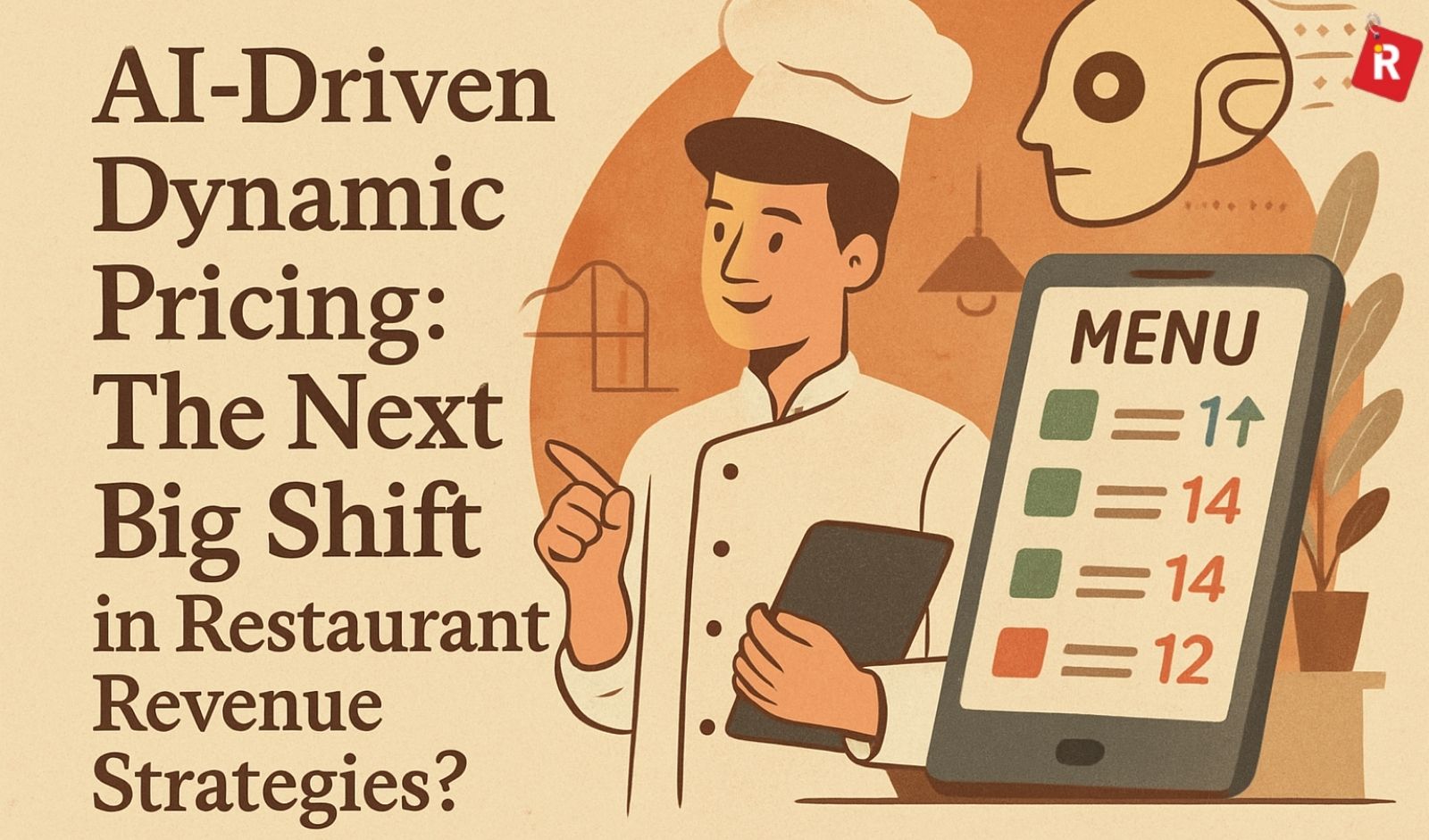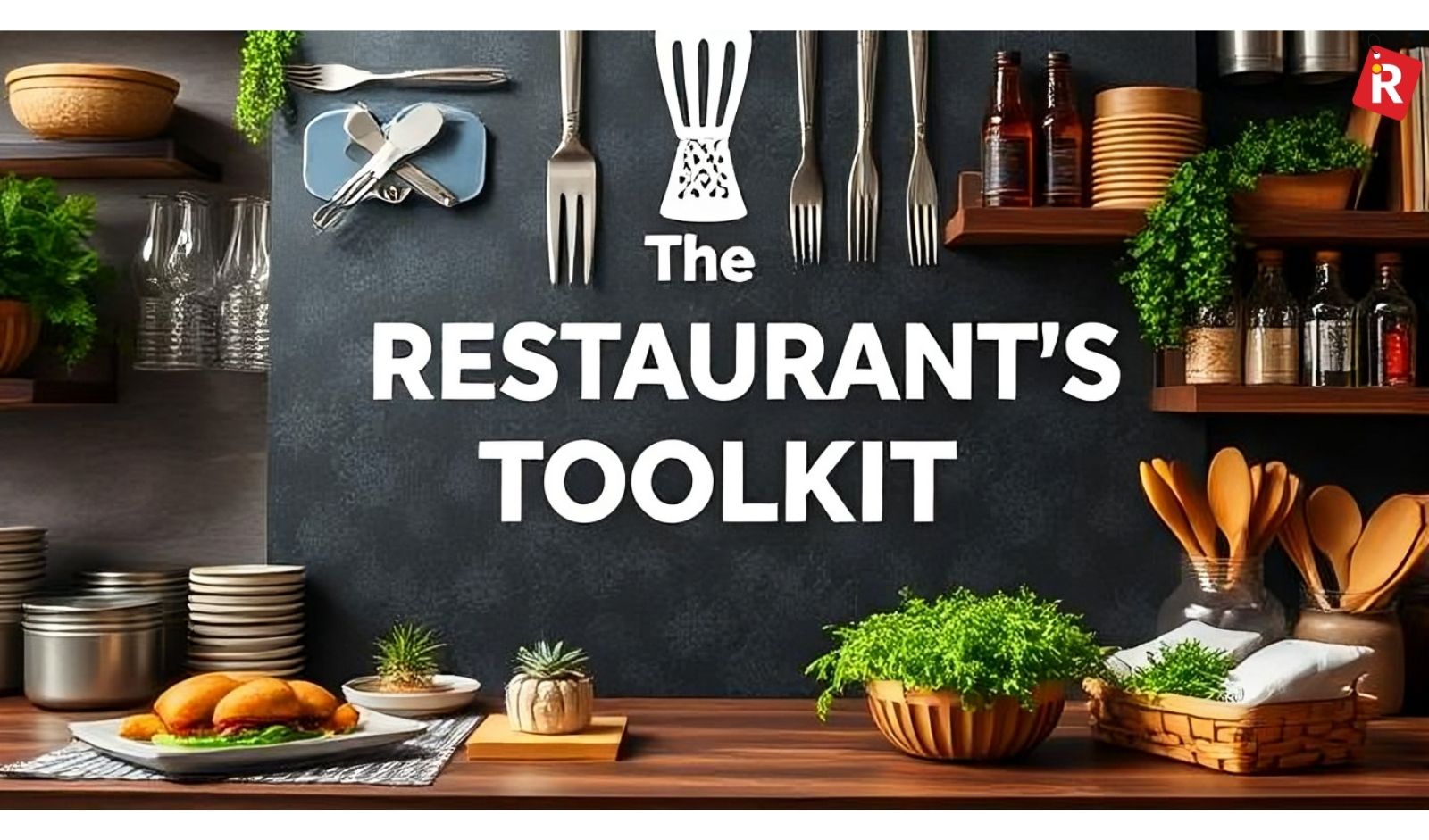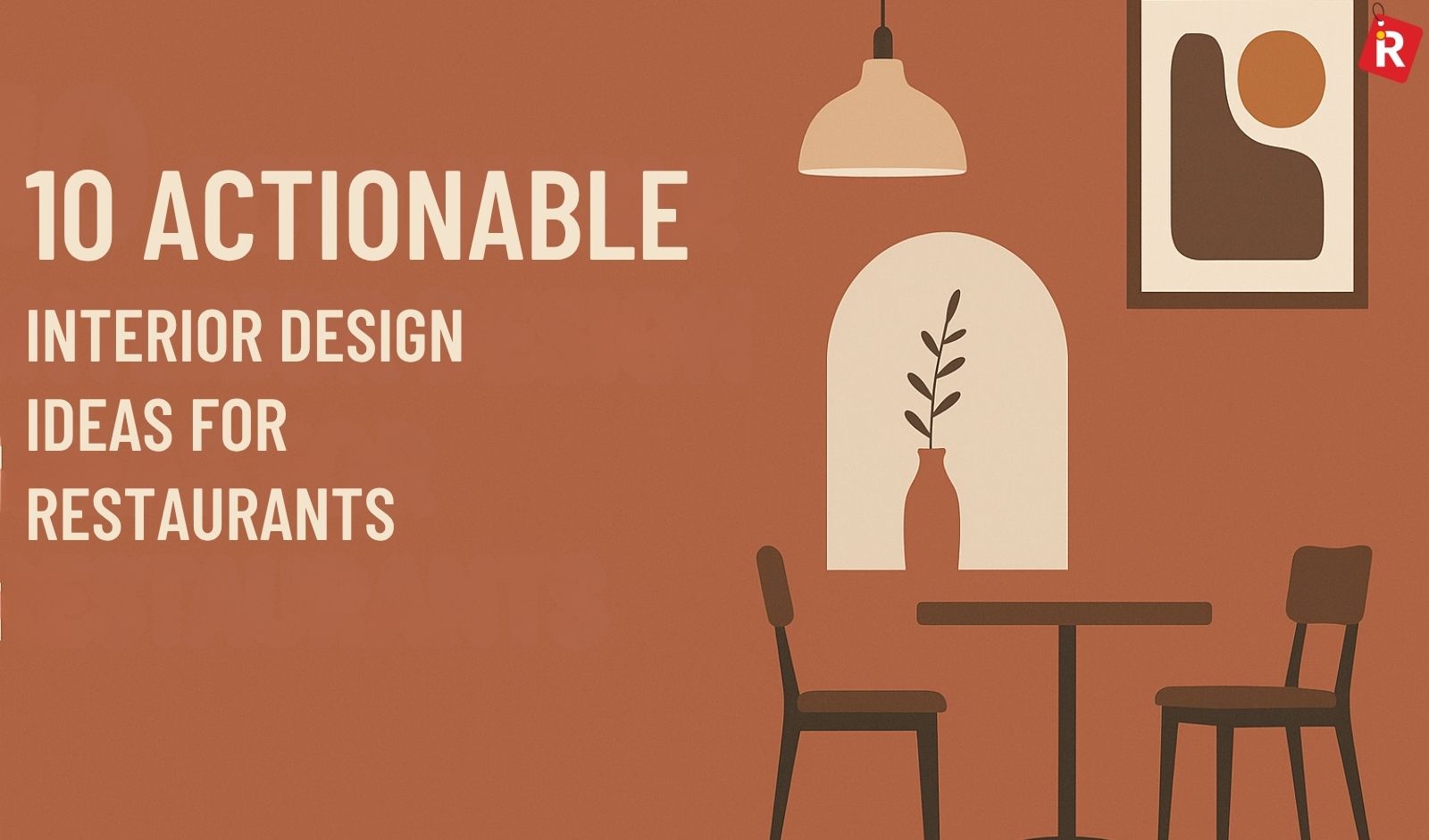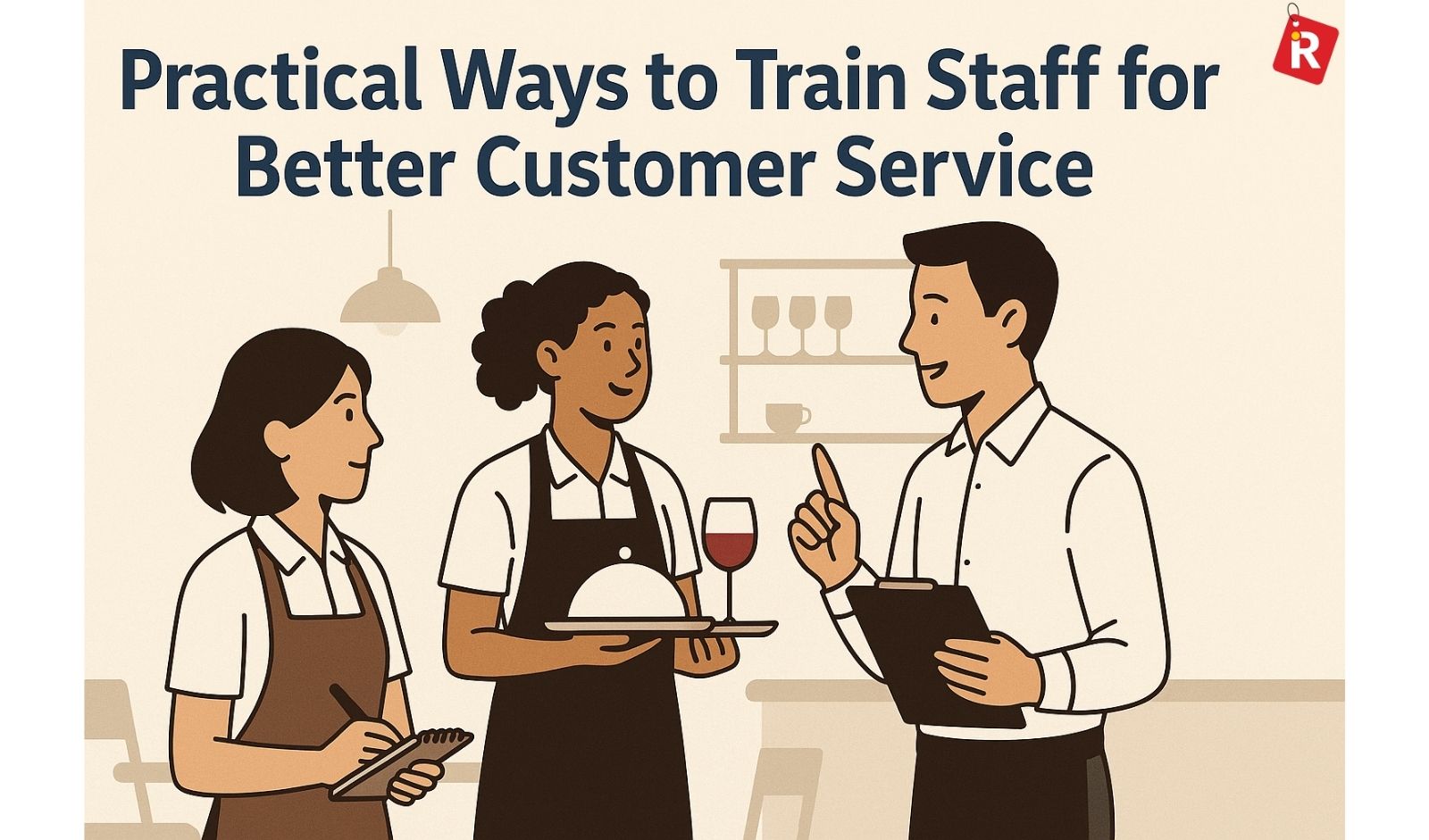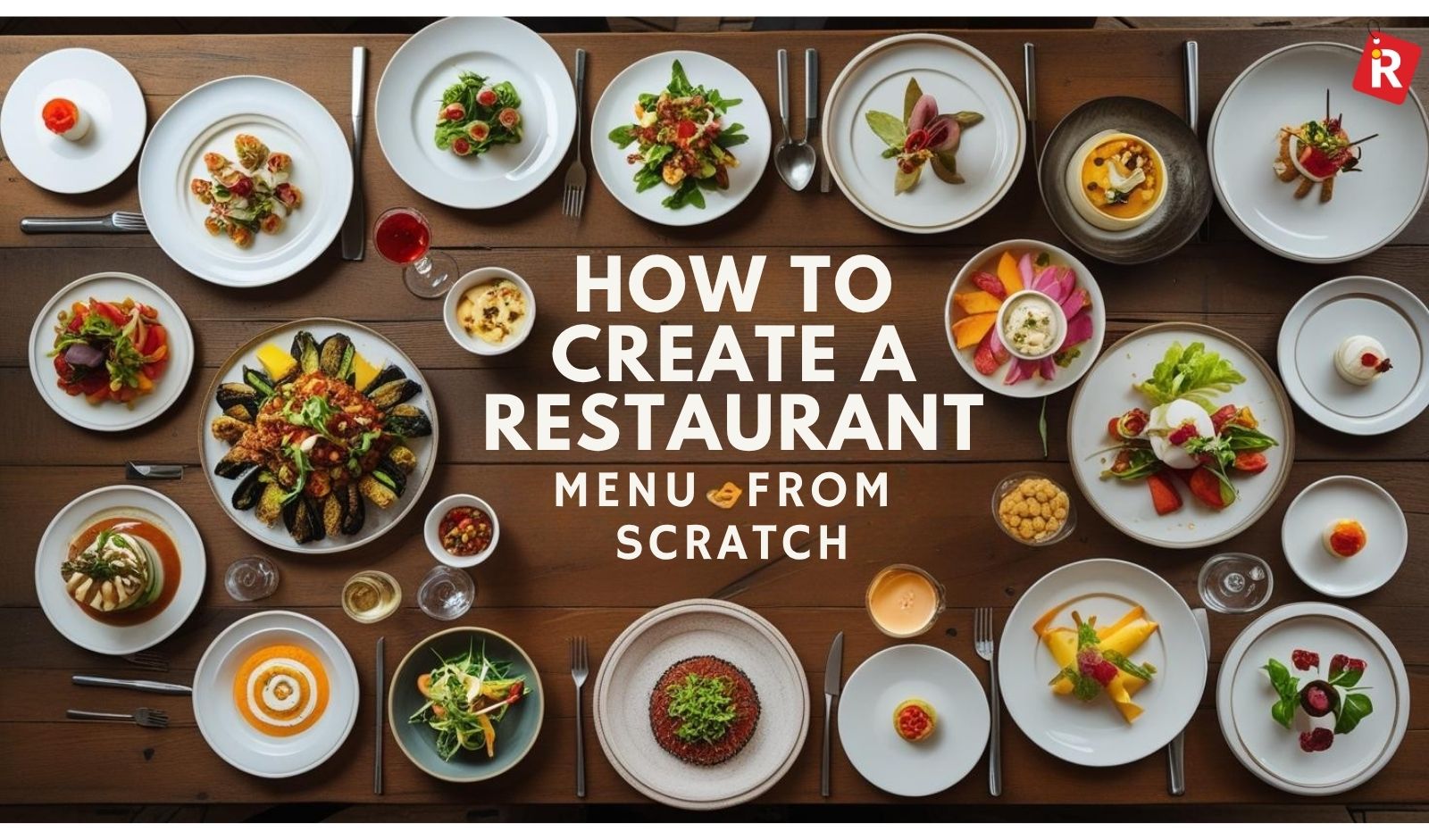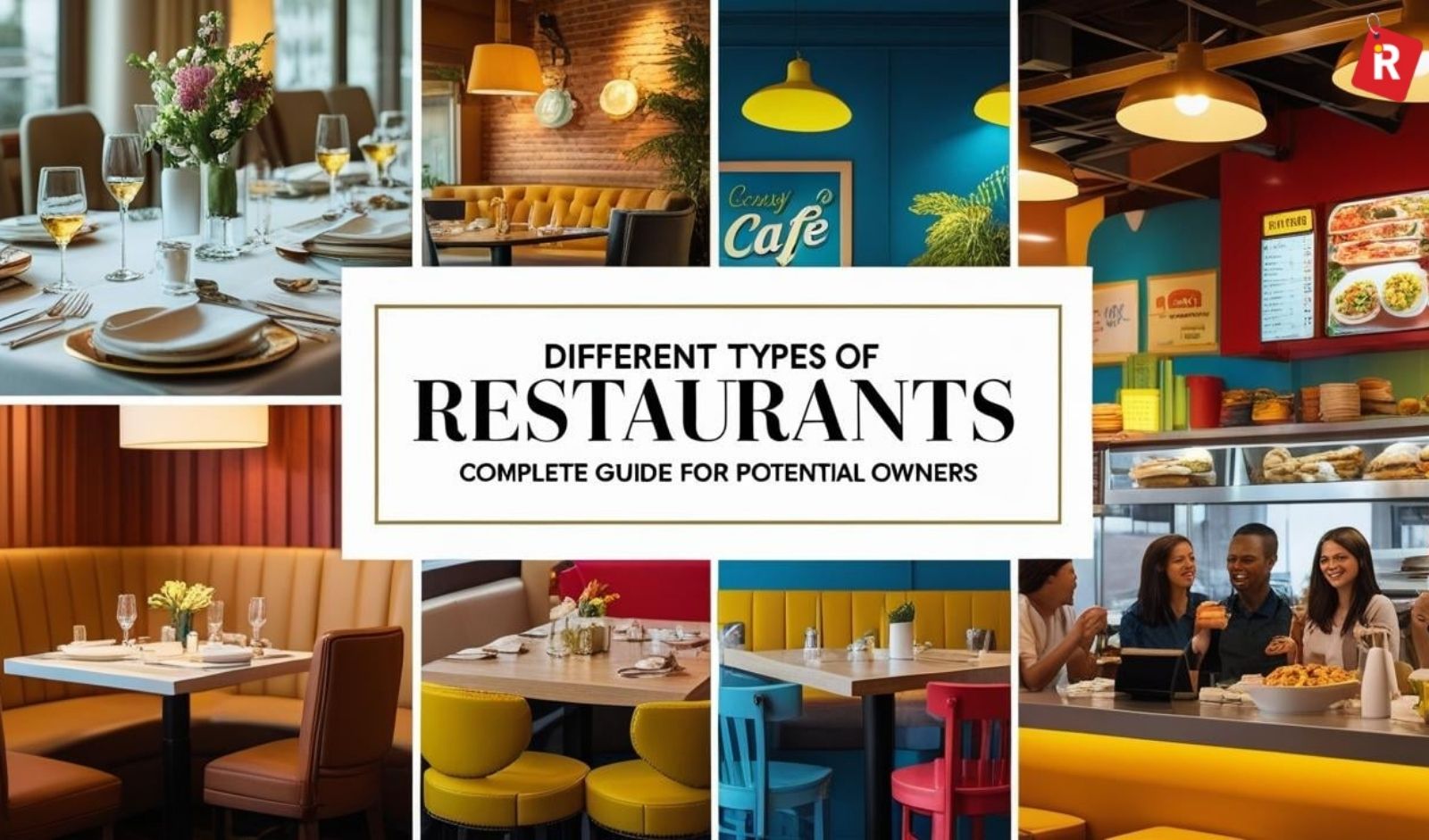In a time of increased environmental consciousness, industries with large waste footprints are coming under more and more criticism. Restaurants are…
While word-of-mouth continues to be effective, awards and recognition are a strong, sometimes underappreciated trigger. These awards are more than…
While customers want to make sustainable choices, they frequently lack clear, actionable information when presented with a restaurant menu. This is…
AI-driven dynamic pricing is still a new idea for the food service industry. It is already changing how restaurants think about pricing and revenue
In the ever-changing culinary world, staying ahead of other restaurants requires not just mastering traditional flavors but also embracing new and…
Running a successful hotel restaurant requires negotiating unique obstacles, including various visitor expectations, complicated operational…
Restaurants do not get started when you just build a building on a plot of land and start cooking there. There are a lot of departments that need to…
A restaurant is more than simply a place to eat; it is an exhilarating experience in the modern world. The interior design of the restaurant is one…
In the culinary sector, one of the most important things, even before the food, is the service provided by the staff of the restaurant. A restaurant…
The menu is unmistakably the heart and soul of any restaurant. It is considerably more than just a list of dishes; it is a precisely produced…
For a restaurant, whether big or small, the competition to stay steady in the culinary industry is of utmost importance. The competition is fierce,…
Keeping expenses under control without sacrificing the quality that attracts and holds onto customers is one of the most enduring problems faced by…
That is why research is so important. Owners must study the market and test their idea before starting. They should look at what people in the area…
To start a restaurant business in Delhi, you need to complete business registration (₹8,000-₹15,000), obtain mandatory licenses (FSSAI, Health Trade…
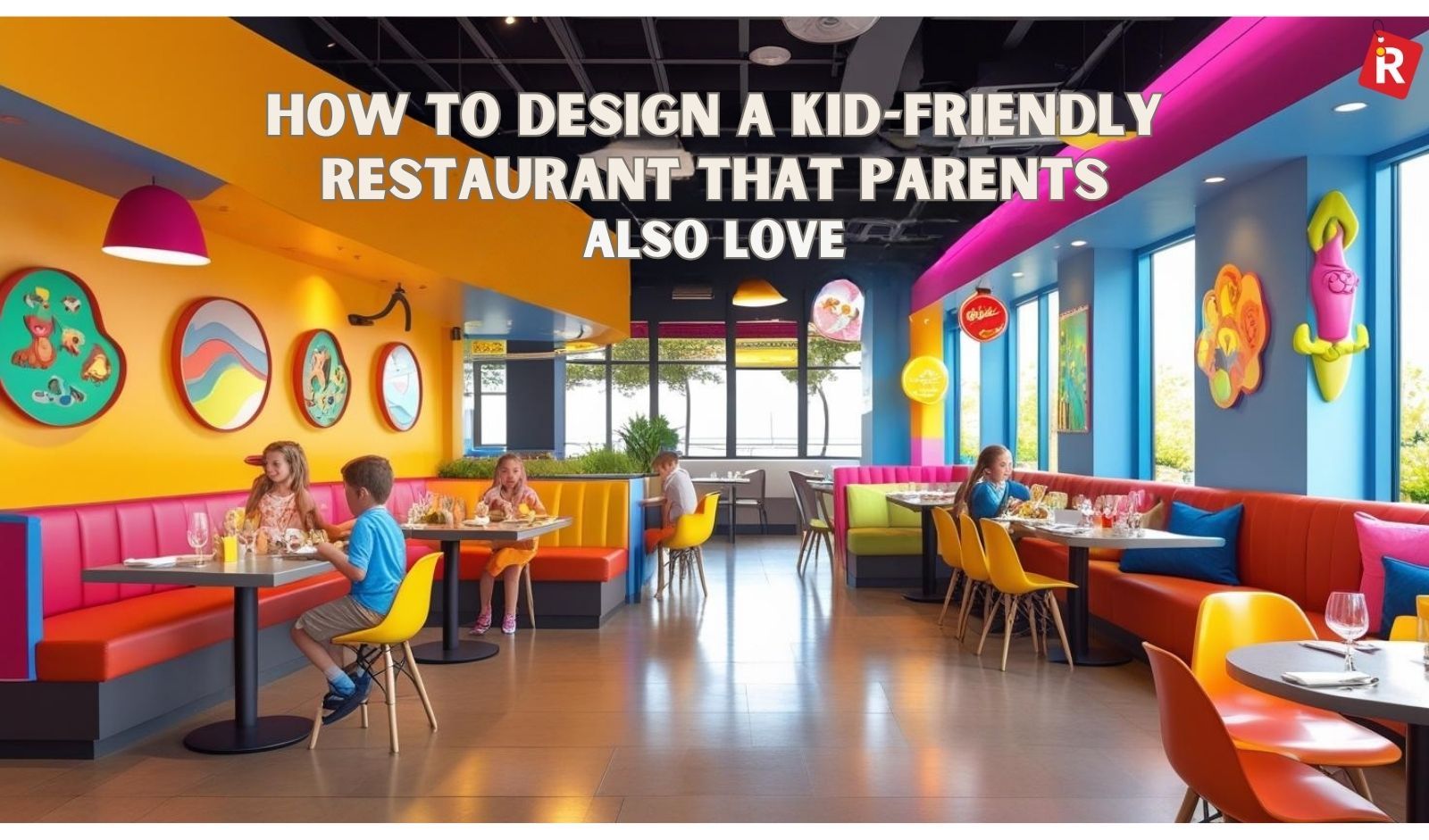
A restaurant that is designed for both generations and is genuinely family-friendly can turn a stressful outing into a treasured memory, generating a great deal of repeat business and developing customer loyalty.

Choosing the right plate sets the tone, while adding a touch of color and playing with height can transform even an ordinary dish into something memorable.
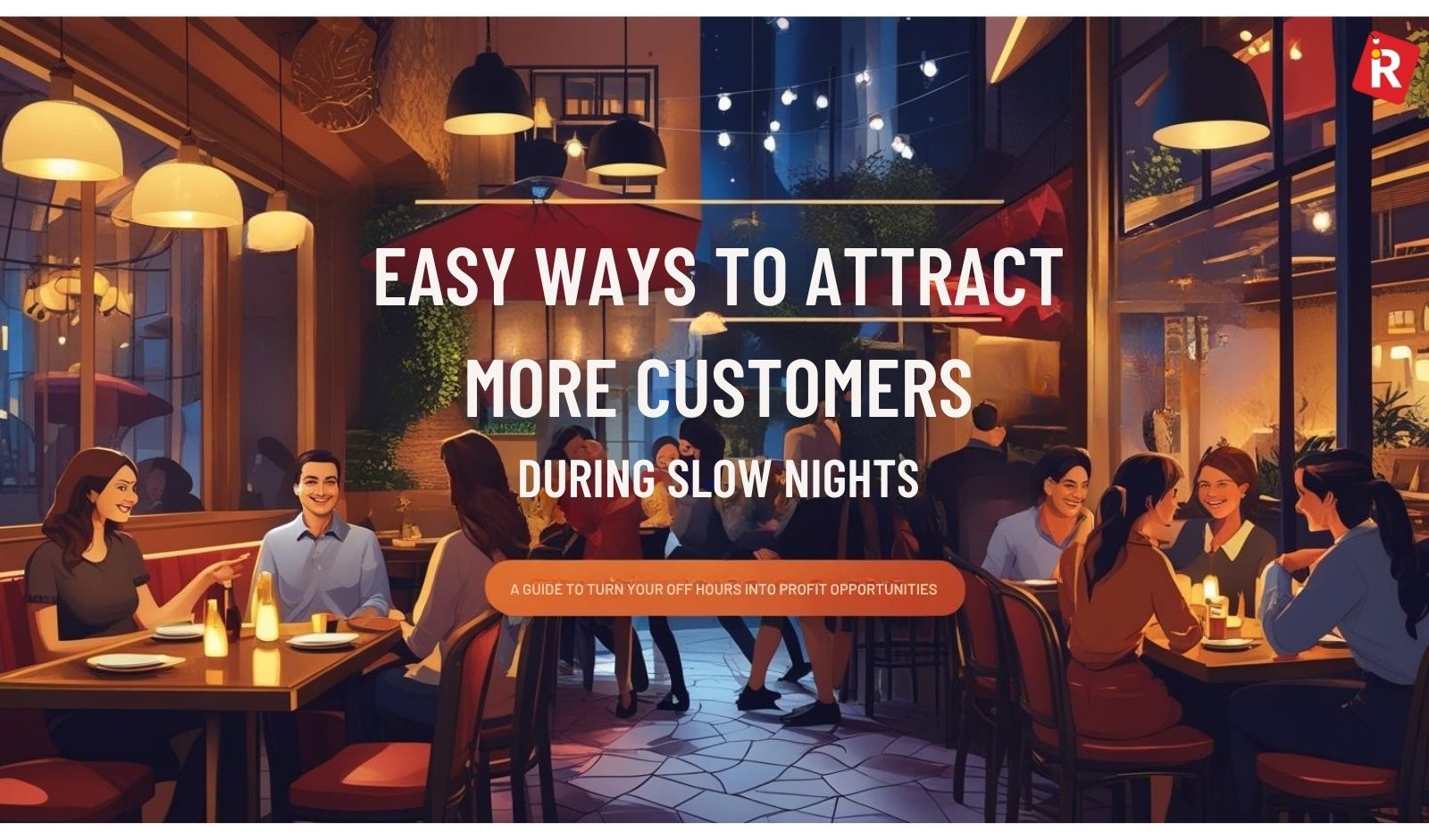
Slow nights are the periods when the restaurants encounter the fewest customers during a day or a week. The gloomy sight of empty tables on a quiet Monday afternoon or a Tuesday evening is familiar to all restaurant owners.
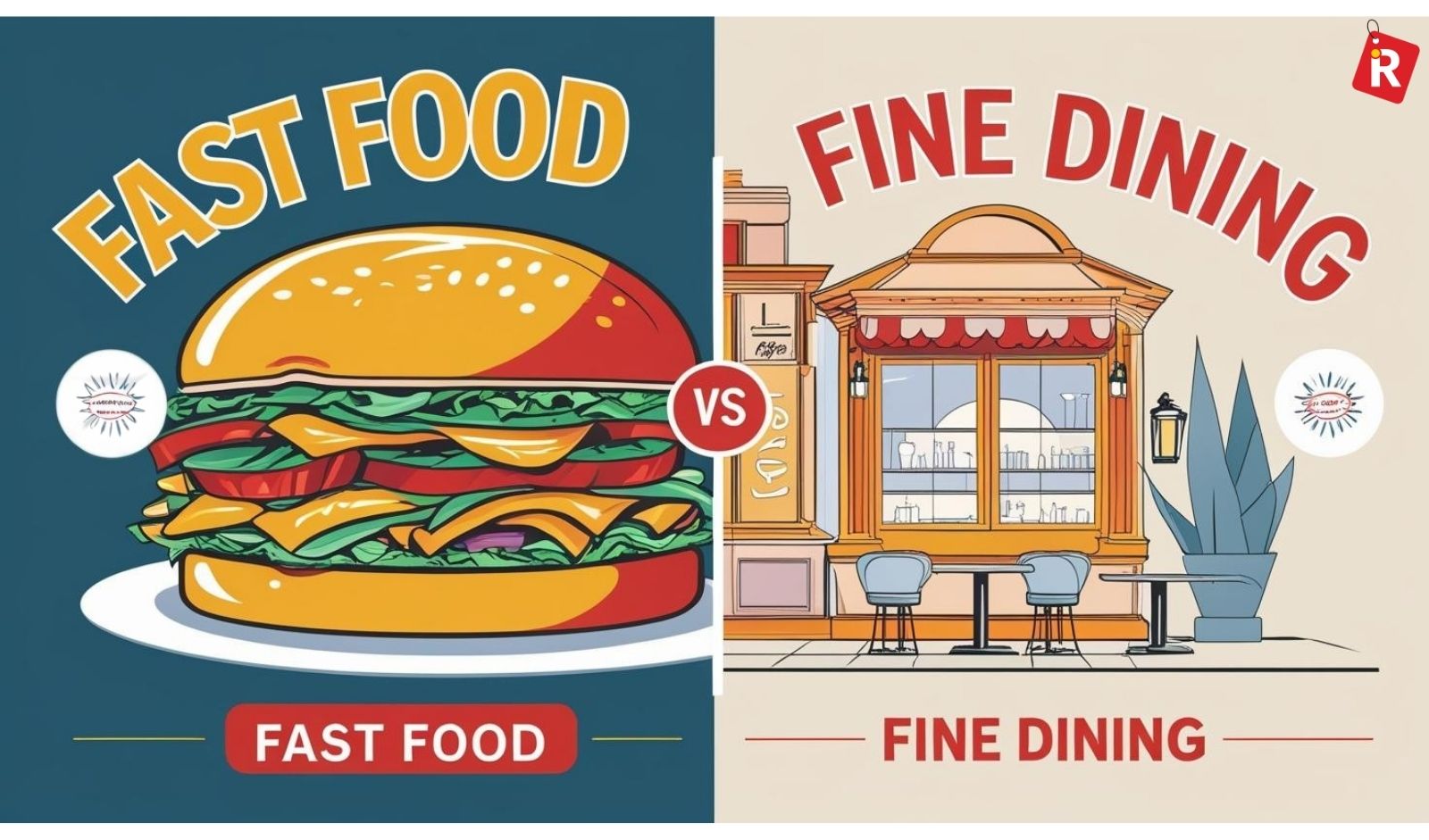
There are so many ways that a restaurant can stand out from the others. Whether it be their location or their price, even if the restaurant is selling the same product but in different types of restaurants, then different variables like price and quality will make the food item different for the customer. Such a thing is prone to happen in a fast-food restaurant or a fine-dining restaurant.
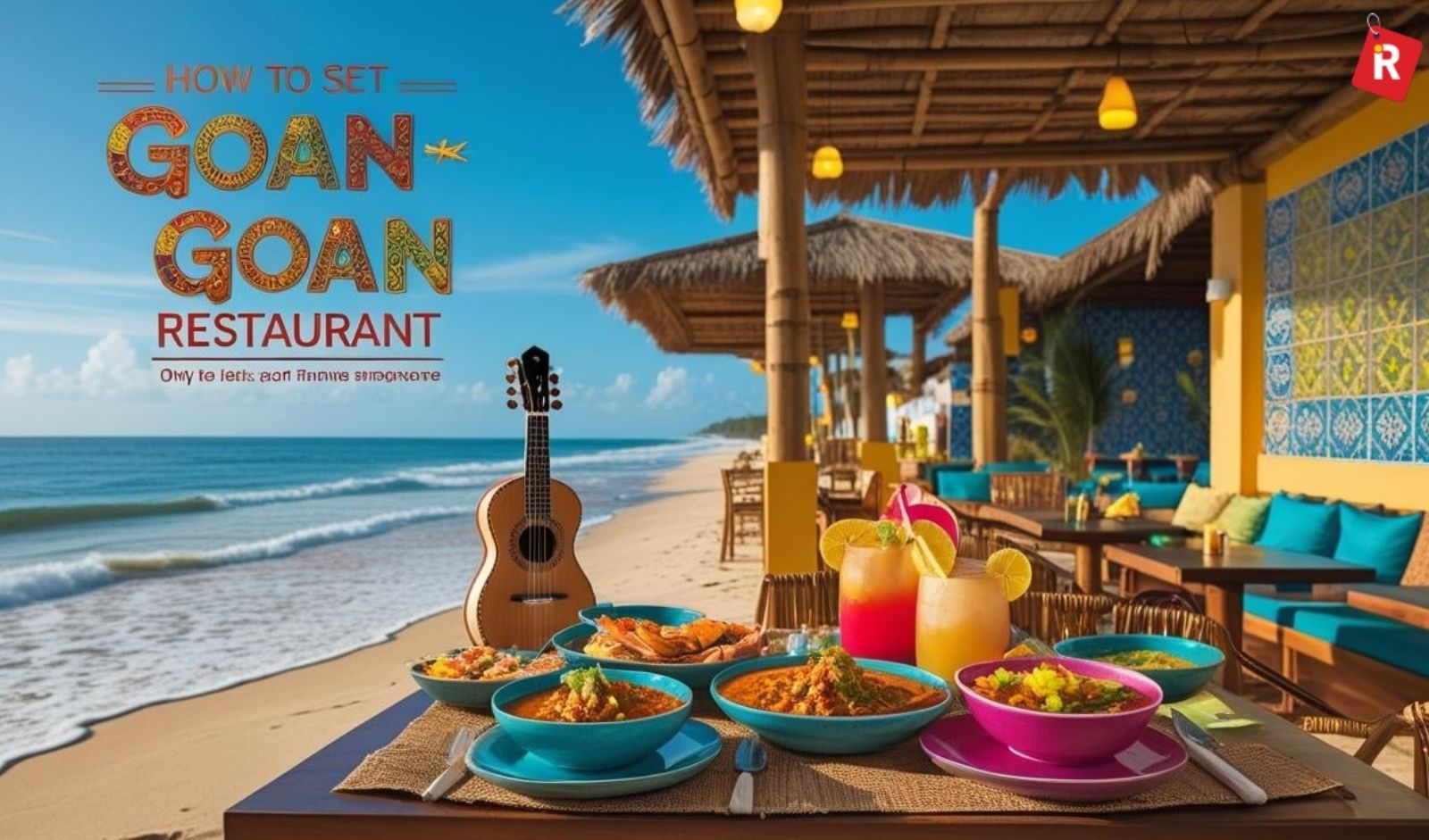
A Goan-themed restaurant offers more than a meal; it creates an escape where guests can experience the charm of Goa without leaving the city.

Although inevitably you will get customer complaints, there is a way to handle them with care and confidence. While these times can be intimidating, especially in the fast-paced environment of quick-service restaurants or the high-stakes environment of fine dining, they are not problems; they are precious opportunities.
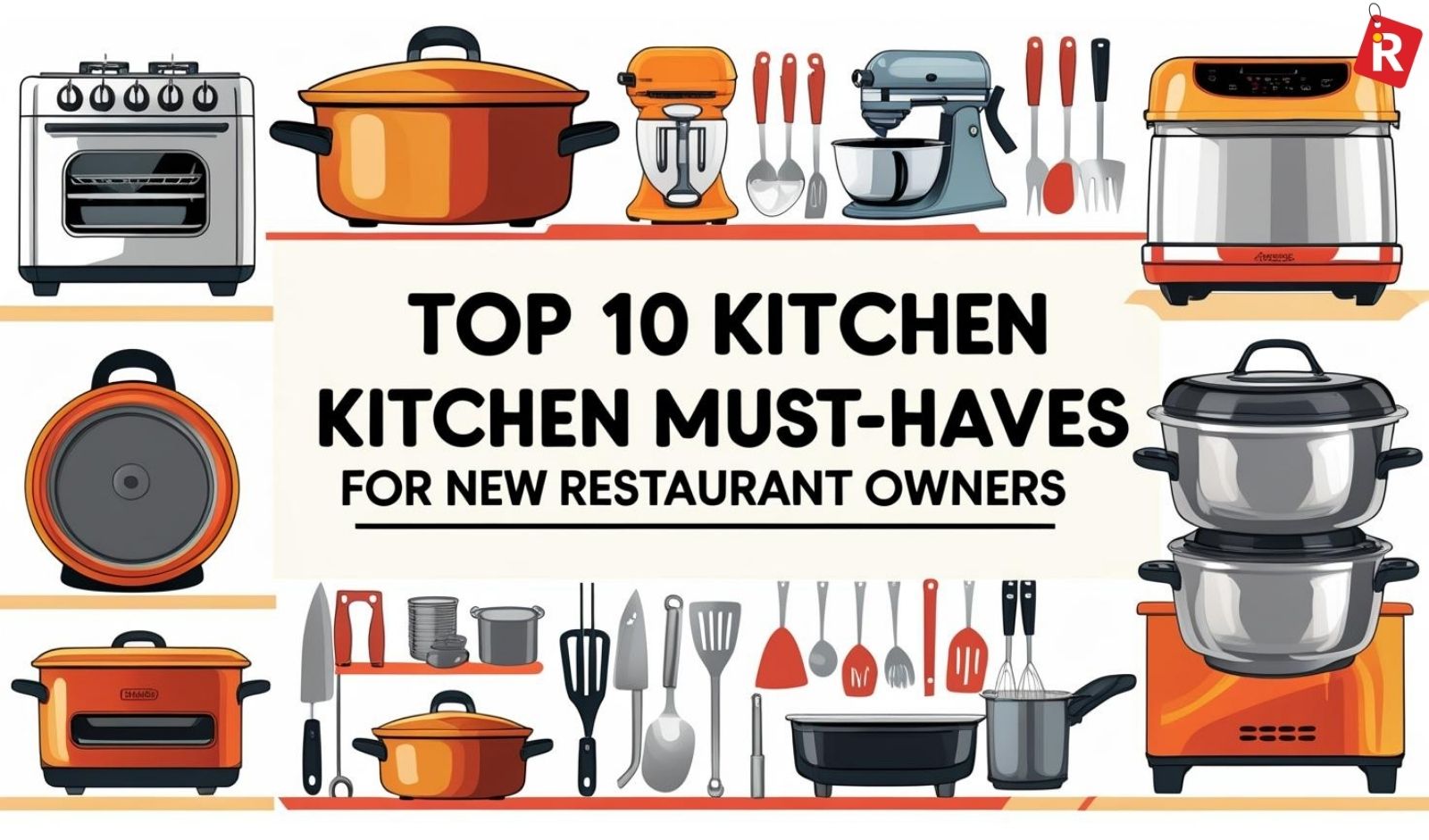
Much equipment is required inside the kitchen for it to function properly. Cooking ideas are realized in the commercial kitchen, where productivity and creativity collide and the groundwork for reliable food quality and financial success is established.
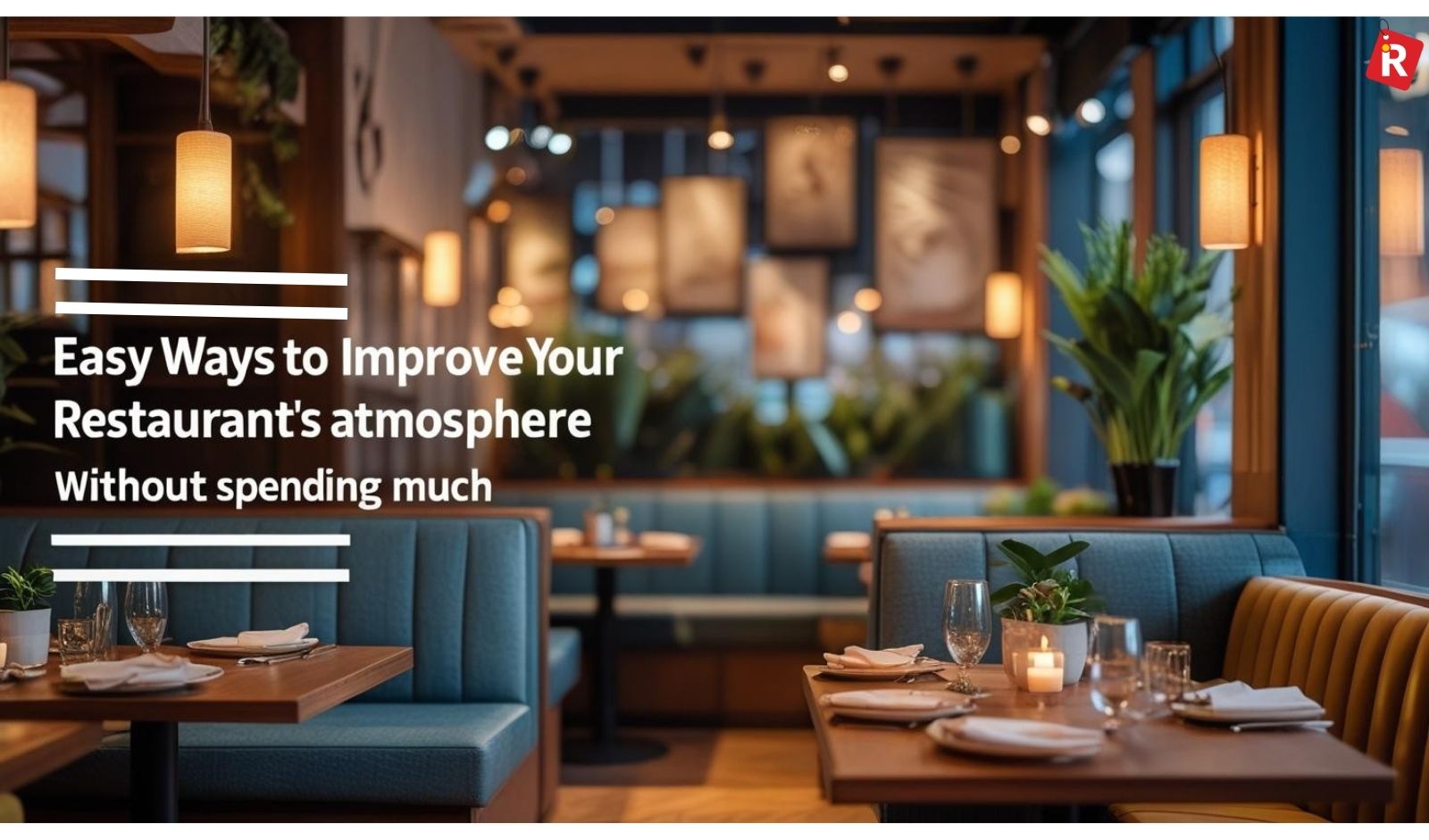
A restaurant’s atmosphere is a silent hero that sets the tone, promotes longer stays, and makes customers want to come back and refer your business.

Despite the rise in digital payments, cash is still a vital component of everyday transactions in the fast-paced world of Quick Service Restaurants (QSRs). Even while volume and speed are prioritized, the continuous movement of actual currency poses significant challenges and serious risks.

The kitchen is the heart of every restaurant, keeping the entire operation alive and thriving. Like any heart, it needs proper care and the right tools to stay strong and efficient.
Copyright © 2009 - 2025 Restaurant India.







